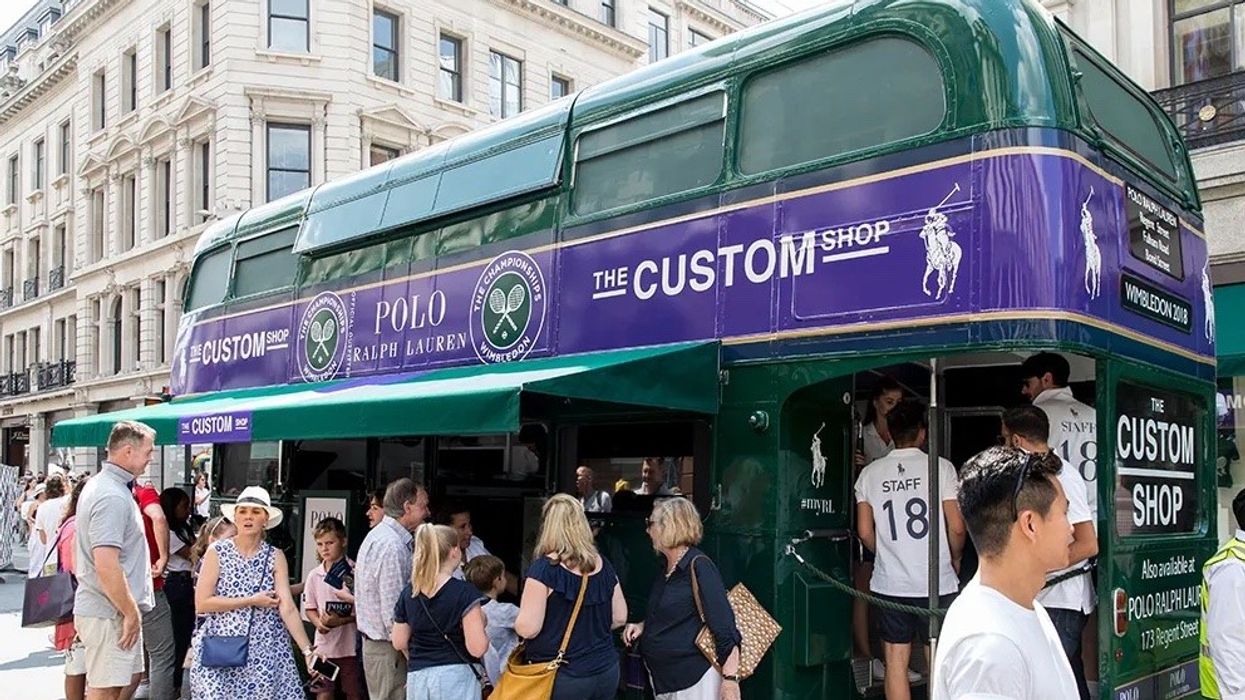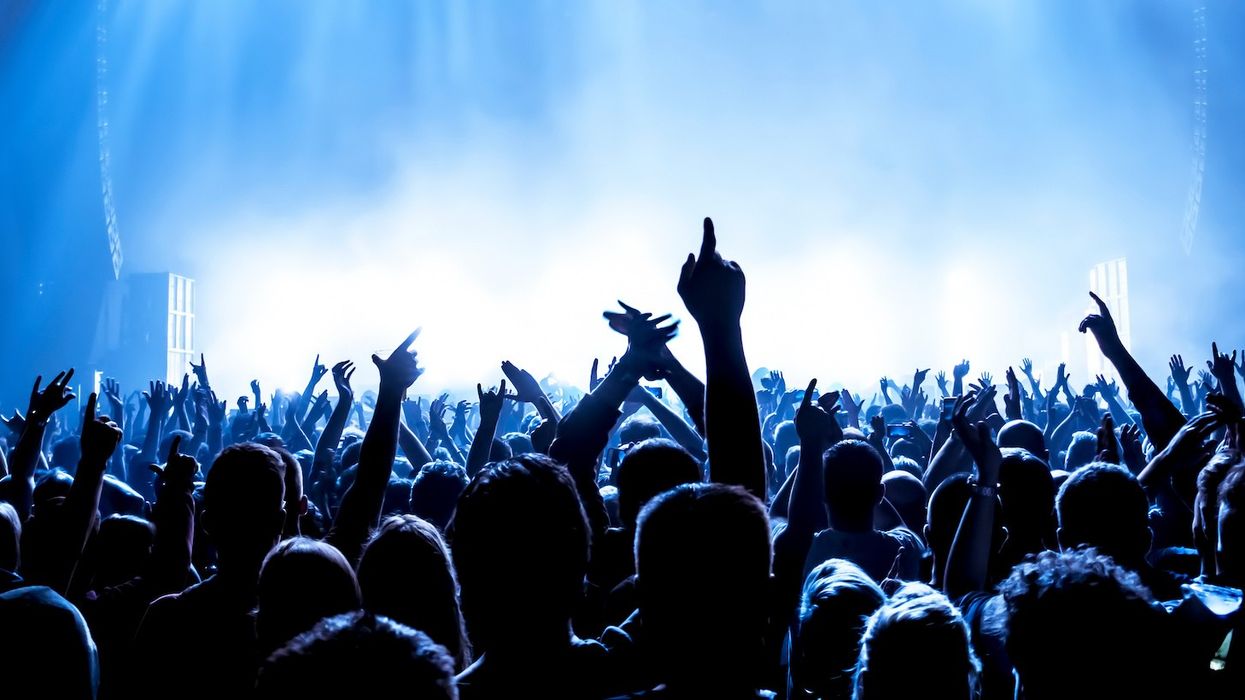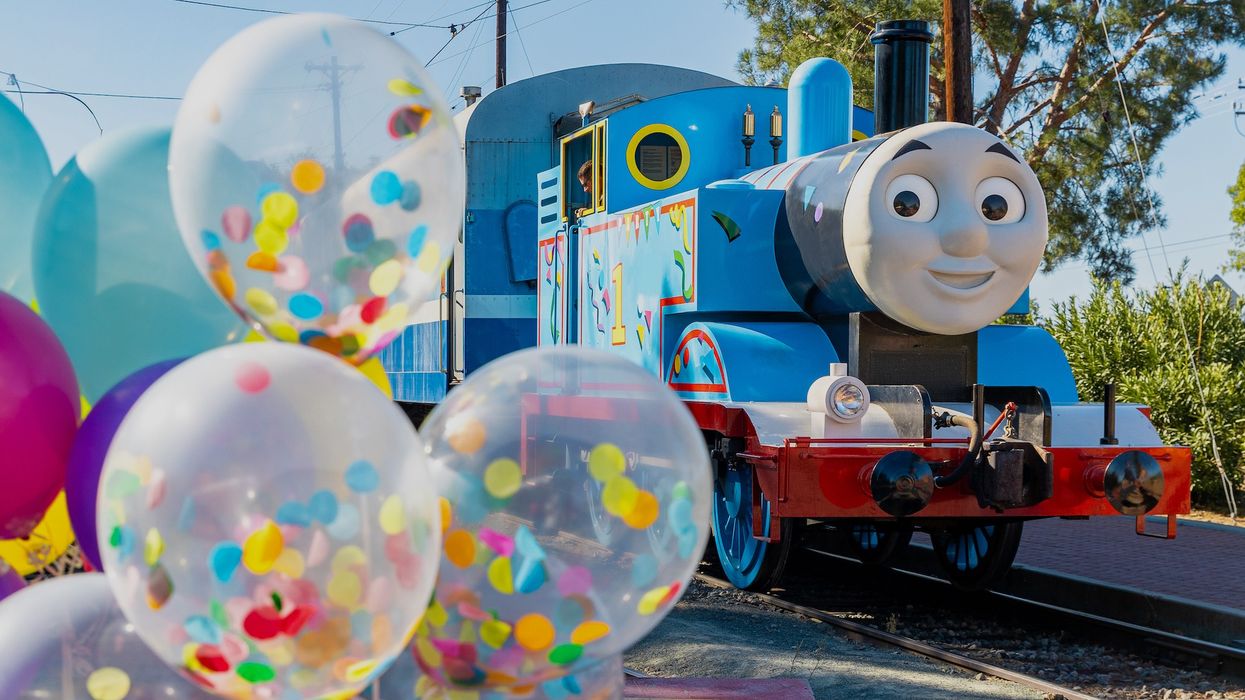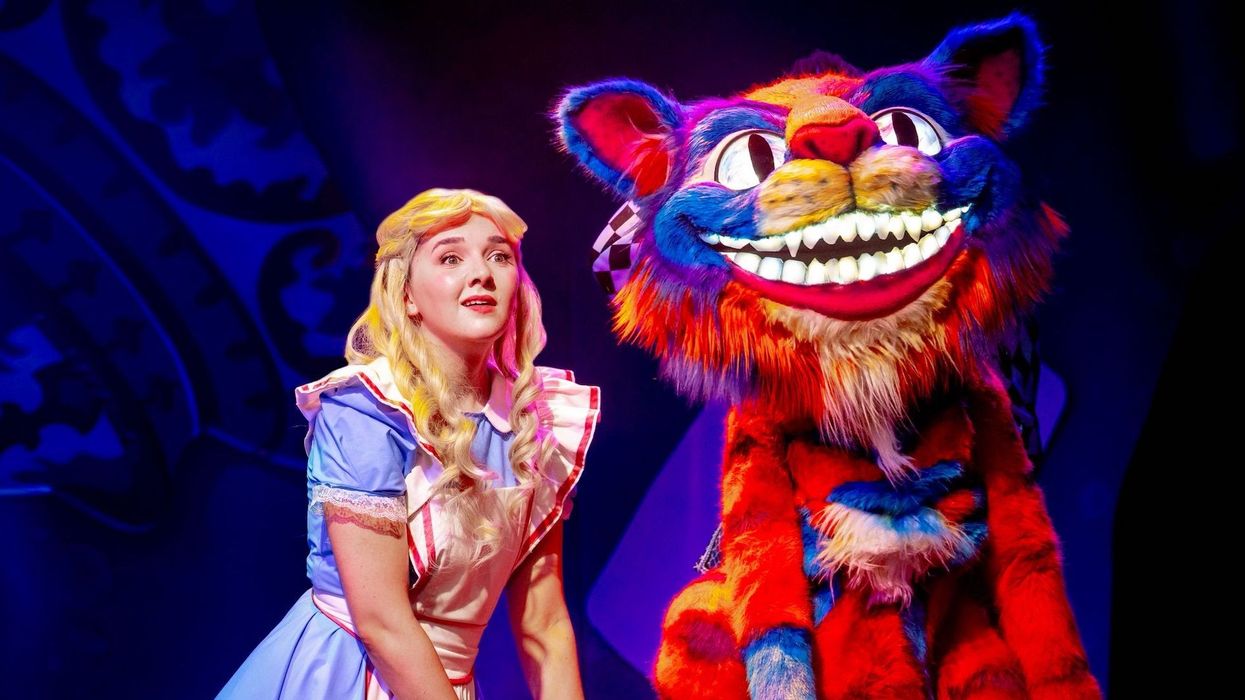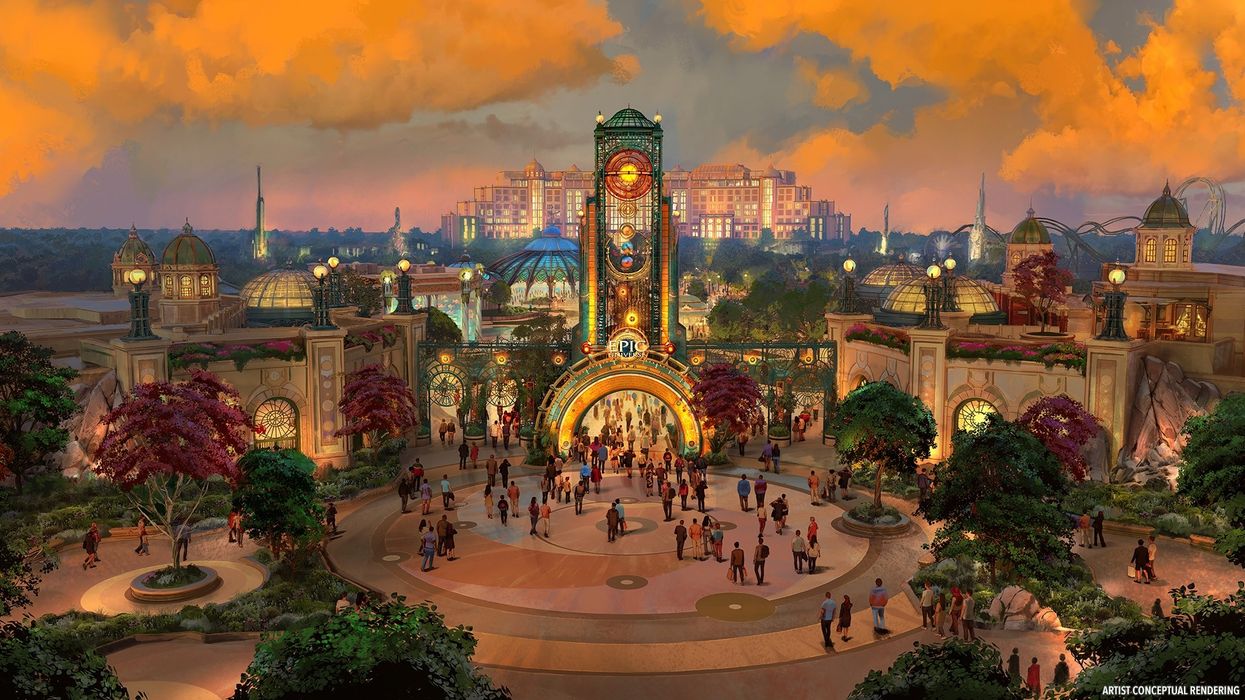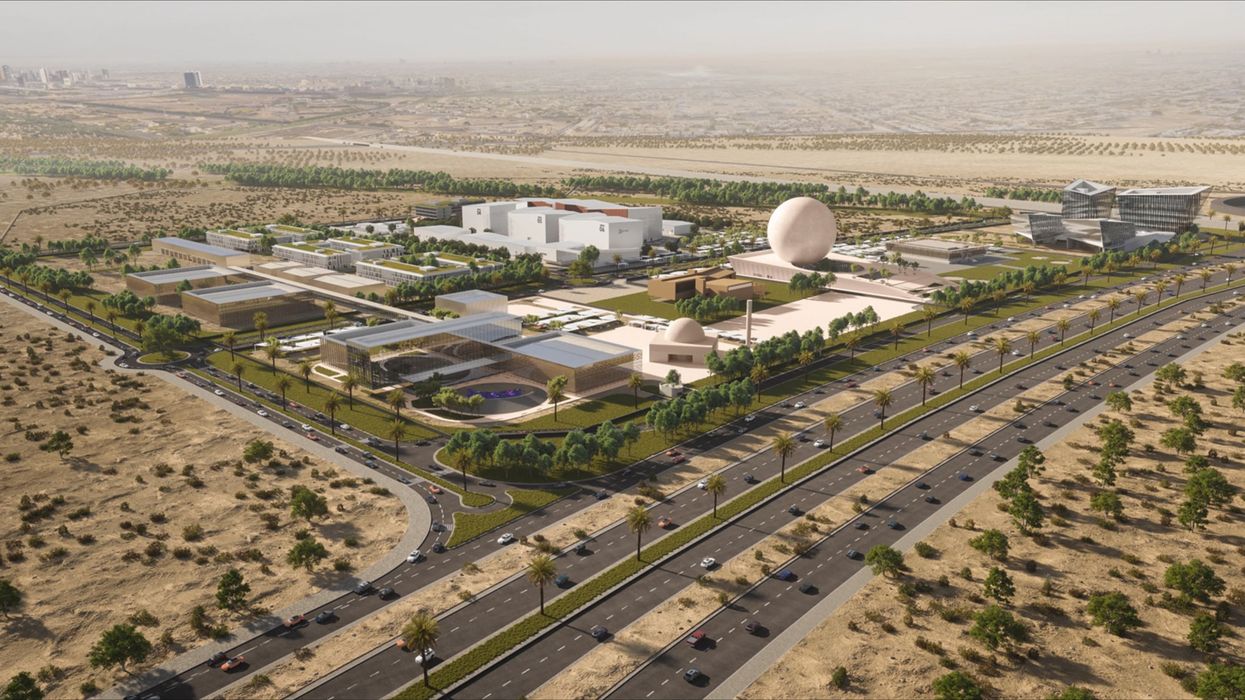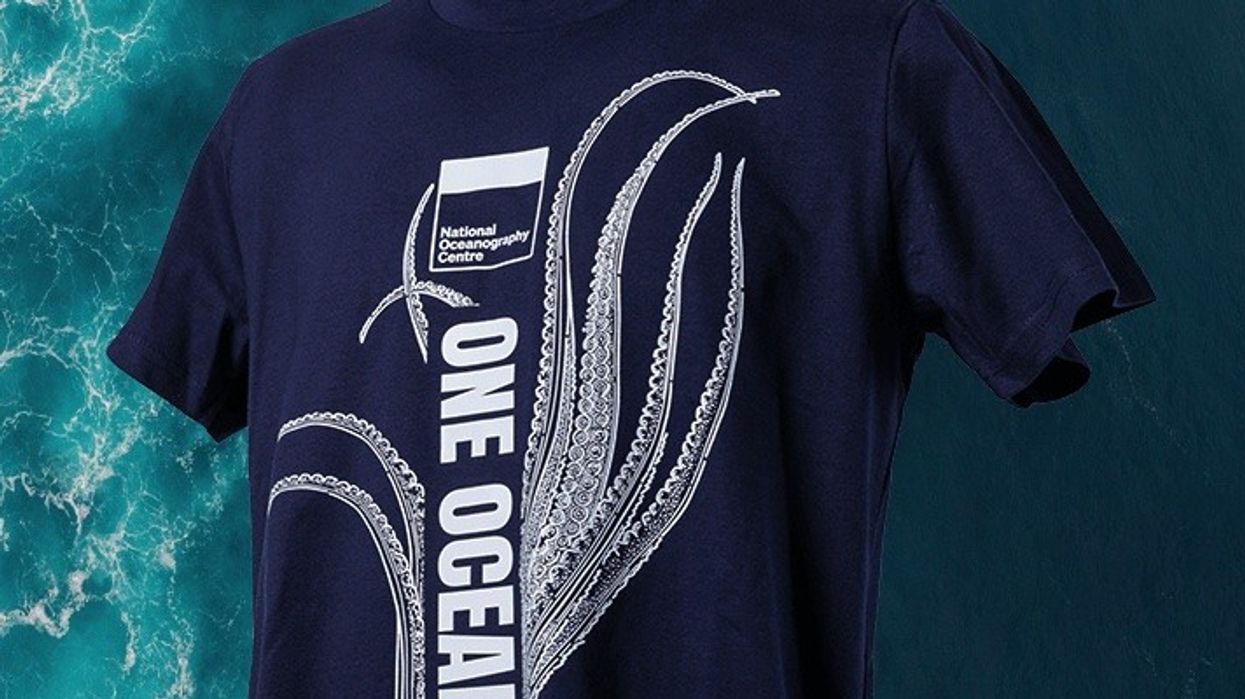The business of attractions, straight to your inbox!
Sign up to receive the industry’s most comprehensive news service directly to your inbox every day.
✅ Thank you! We’ve sent a confirmation email to complete your subscription.
Don’t miss out
Get the latest attractions industry news direct to your inbox, every day.
✅ Thank you! We’ve sent a confirmation email to complete your subscription.
Most viewed
Day
Week
Month
marketing
Marketing is a broad term which is often used interchangeably with activities including communications, advertising and public relations. Successful attractions of all sizes use this technique to attract customers and increase value.
The Chartered Institute of Marketing (CIM) describes marketing as " the management process of anticipating, identifying and satisfying customer requirements profitably." While this gives the impression that it is a cross-organisational exercise, in reality, most companies will have a specific team dedicated to coordinating communications.
Over time, marketing has evolved to meet the requirements and better target key audiences. One of the most obvious changes is the prominence of digital marketing. For instance, social media, email, mobile apps, and websites.
Advertising is any form of non-personal communication transmitted through paid media sources. Larger budgets may use advertising avenues such as television commercials, sponsorships, and radio advertisements. Public relations (PR) deals with publicity generated by third parties. high- such as ride and exhibition launches,
Marketers undertake a range of functions, including providing customer insight, providing strategic marketing direction, and managing communications. When devising any activity, the 'marketing mix' factors should be considered, which, at their most simple level, are product, place, price, and promotion.
Communications teams at attractions will organise on-site material including guest information, signage, literature and event promotion.
Don’t miss our
FREE daily newsletter
Get the latest attractions industry news direct to your inbox, every day.
✅ Thank you! We’ve sent a confirmation email to complete your subscription.
marketing features
Recent
blooloop is taking climate action and is now B Corp Certified.Sustainability strategy
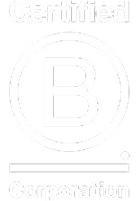
Become part of the blooloop community:Work with us




